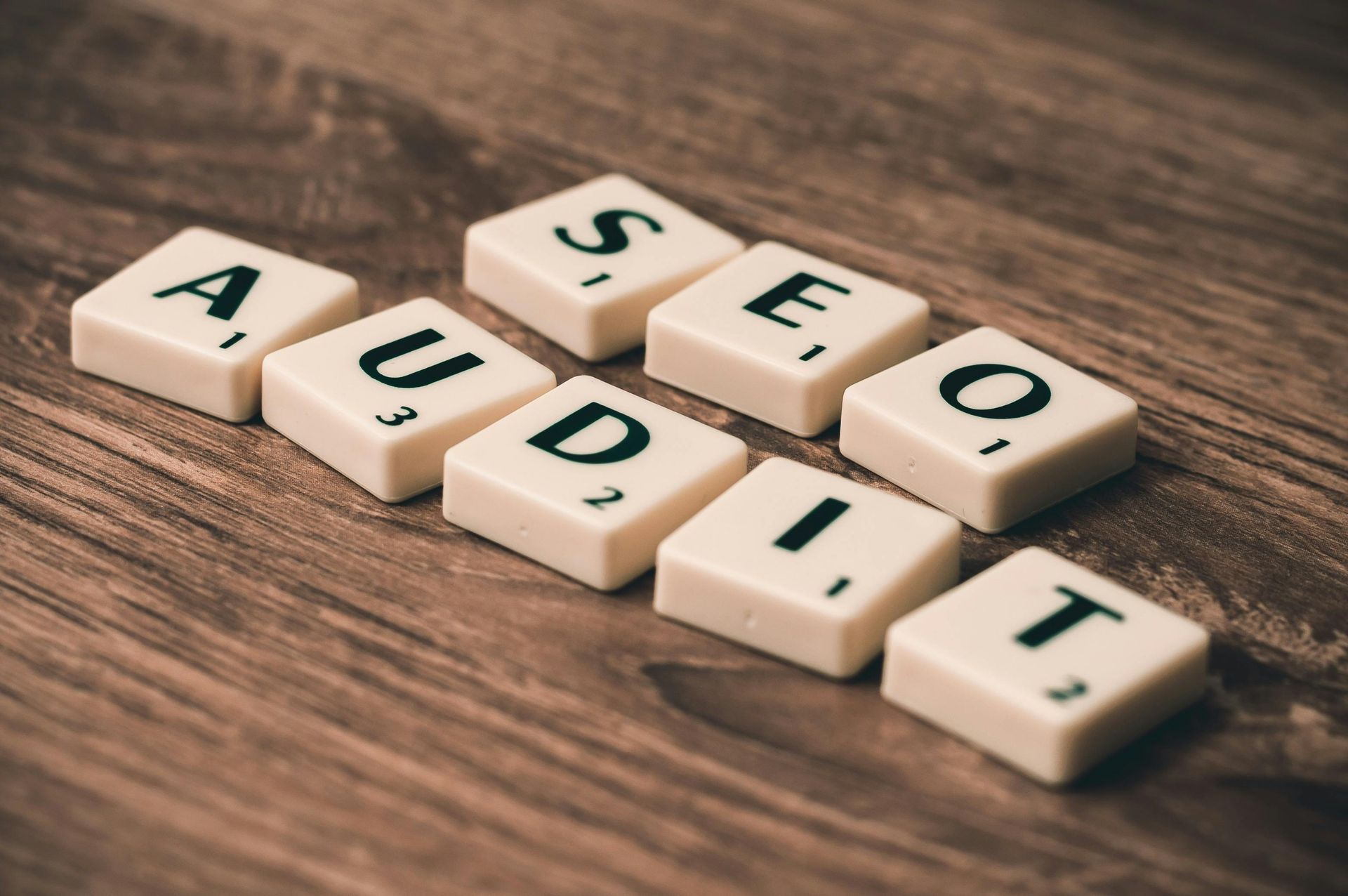12 things that are killing conversions on your website - and how to fix them
Why aren't the conversions rolling in?
Here are 12 things to look out for.
1. Your site isn’t optimised for mobile
Did you know that mobile browsers now account for approximately half of all web traffic?
This means that it’s now equally important to optimise for mobile and desktop visitors. If your site doesn’t look right on a mobile device, your conversions will definitely take a hit.
2. Clutter, clutter, everywhere
Web design today is all about frictionless experiences. That means everything should be simple and easy to navigate, with a minimum of clutter. If your website is covered in images, banners, and buttons – to the extent that it becomes confusing – visitors are more likely to click off and go elsewhere.
3. Your visitor journeys are poorly defined
Just as with the visual design remaining uncluttered, so too should your “critical paths” be well-defined. If you know the route you’d like a prospective customer to take (e.g. from homepage to contact form), then you need to remove all friction from that workflow and make it as easy as can be.
4. You’re not inviting any action
The “Call To Action”, or CTA, is the beating heart of any sales-based website. The CTA is the metaphorical big red button which represents a prospect saying, “Yes, I’m interested in your product or service”. It’s vital that you have clearly placed CTAs on key pages, usually at the bottom, to ensure your prospects always know what to do next.
5. Your website content just isn’t engaging enough
As the old saying goes, content is king – and this is truer than ever in modern web design. When there is a sea of other options all vying for the attention of your visitors, it’s vital that your website’s content engages them in a real way. You may even consider offering some free insights on your blog to showcase your industry know-how and boost your SEO.
6. You aren’t addressing the obvious objections
Every company knows the strengths of their product or service, but how many are aware of the weaknesses? By being totally aware of the most common objections to your offerings, you’ll be able to tackle them front-and-centre right on your website. This will reassure your prospects, defuse those objections, and keep the conversions coming.
7. Your sales proposition isn’t enticing enough
A strong sales proposition is often what leads directly to a conversion. This could be anything from a limited-time offer to a unique product customers can’t find elsewhere. If you’re not putting your best foot forward when it comes to that sales proposition, your site visitors are far more likely to say, “I’ll look somewhere else first” – and they probably won’t come back.
8. Your website takes too long to load
With attention spans reaching critical levels these days, there’s no doubt that your window of engagement is smaller than ever. When a prospect clicks into your website, they want the information as quickly as possible so they can make a decision. Even a delay of just a few seconds can be enough for them to close the tab and try somewhere else – so optimise for speed.
9. You’re gating too much content
“Gated” content refers to the idea of asking for a name or email address before giving a visitor access to certain pages of your website. In some industries, this can work, but generally speaking, it’s a better idea to remove all barriers to the sale and simply let customers explore as they will. If your sales proposition is strong enough, they’ll convert ether way.
10. You haven’t asked what you’re doing wrong (or what you’re doing right)
If your website has been online for a long time, you may well have become complacent without realising it. There may be any number of issues that visitors face of which you’re unaware. It’s a very good idea to engage in survey research on your site from time to time to discover what you’re doing right (and what you’re doing wrong).
11. The checkout process is too long or convoluted
The checkout process is often the end goal for any customer journey on a website. The lead is already hot and you just need to take payment and sign on the digital bottom line. This should be easy, right? But sometimes, a convoluted checkout process can get in the way. If you have additional screens with offers popping up, or just too much clutter, conversions can fall at the last hurdle.
12. Social Proof
Finally, be sure that you’re leveraging the concept of “social proof”. This refers to sharing the opinions of existing customers to convince and reassure prospective ones. This can take the form of product reviews (who doesn’t love a 5-star product?) or customer testimonials. It all helps to give your prospects the confidence to make that conversion.
How many of these 12 mistakes are you making?
Revisit your website, make a few tweaks as we’ve discussed here, and you may just see your conversions take off.
If you want a personalised proposal for your site just click below and see how we can help you to take your conversions from dead to dazzling!
More Posts.









